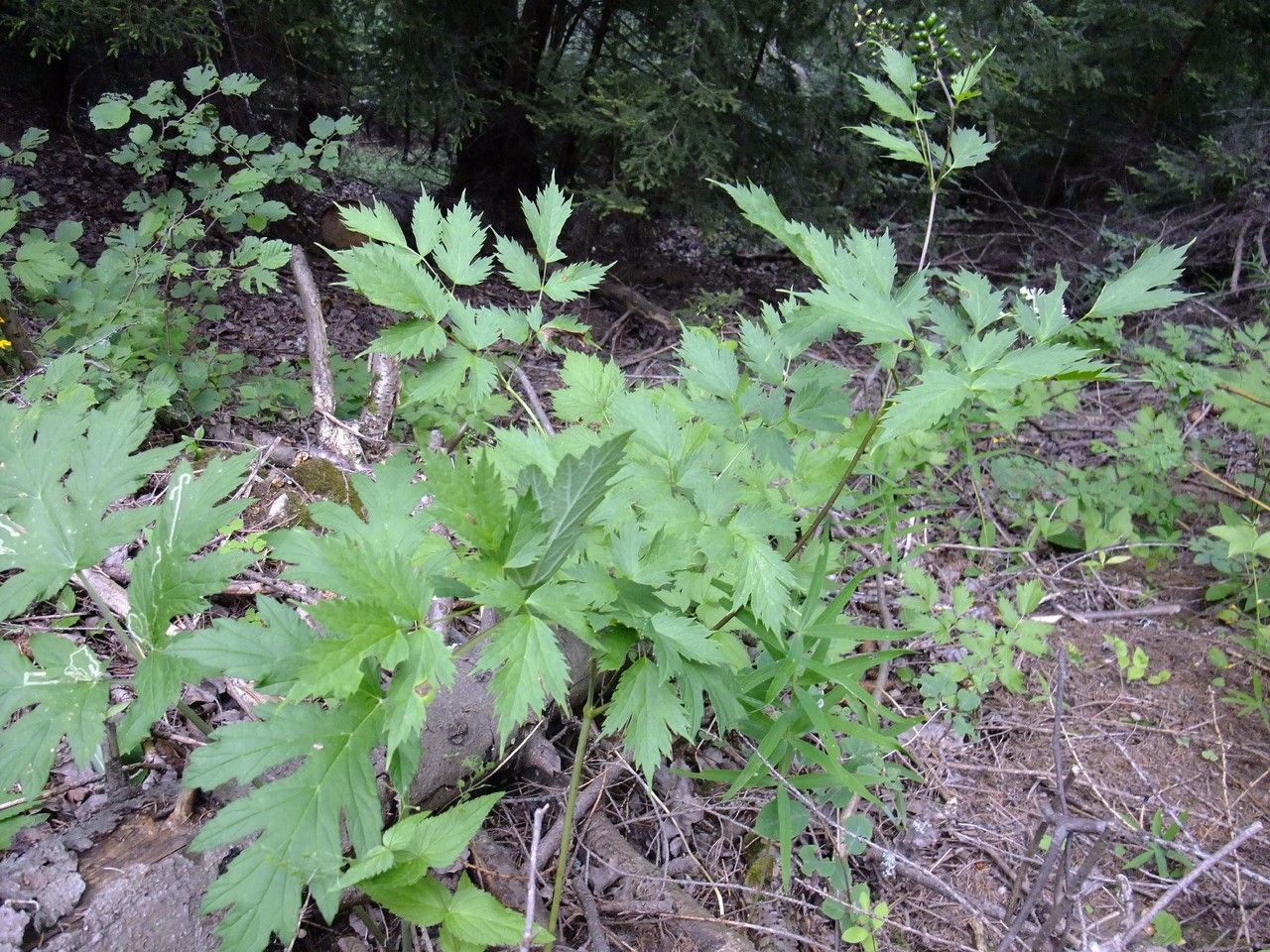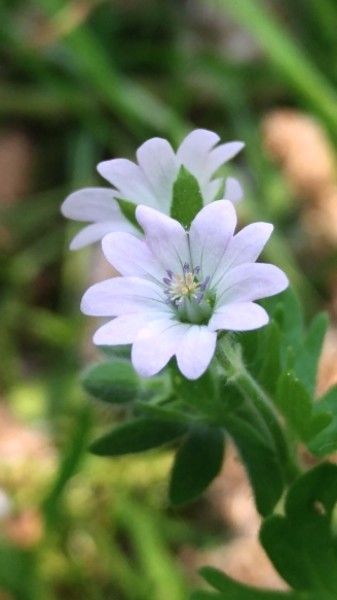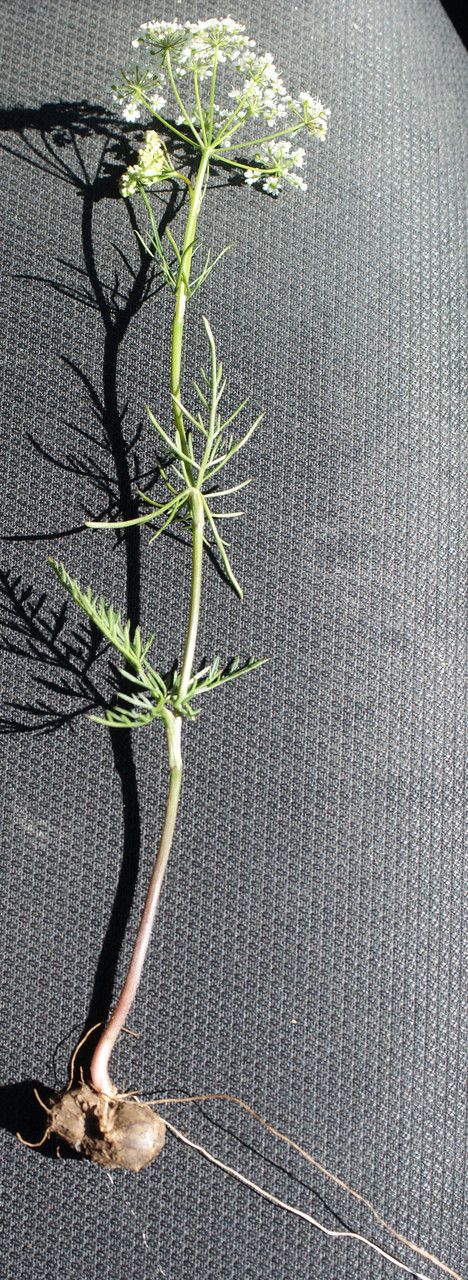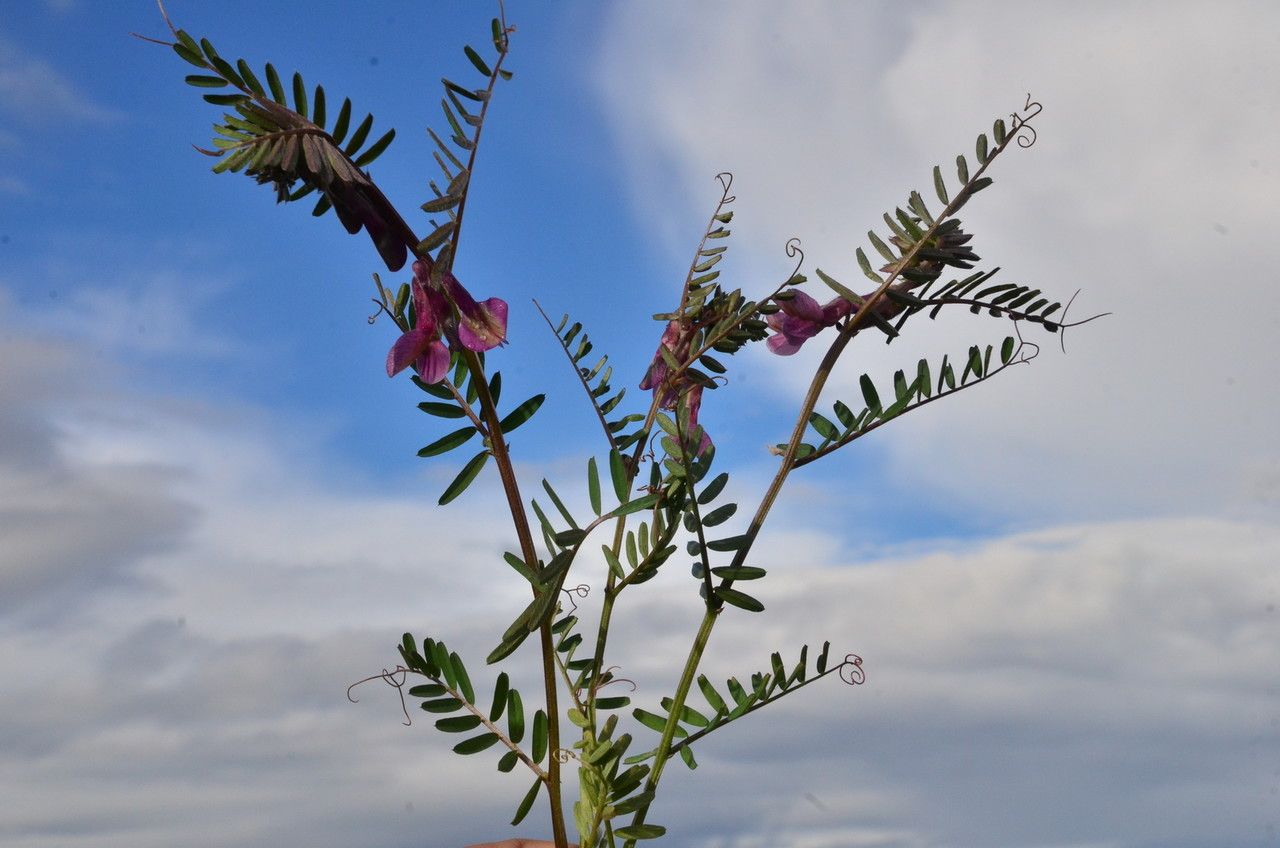## Baneberry: A Striking but Dangerous Beauty
Baneberry ( *Actaea* spp.), a member of the Ranunculaceae family, is a captivating yet cautionary plant known for its striking berries and inherent toxicity. This genus encompasses several species, each possessing unique characteristics but sharing a common thread: the presence of toxic compounds. While its beauty makes it tempting, understanding its dangers is crucial for safe appreciation.
### Identification
Baneberry is identified by its distinctive features. The plants typically feature delicate, fern-like foliage, providing a lush backdrop to its most striking attribute: the berries. These berries, depending on the species, range in color from a gleaming white (*Actaea pachypoda*, commonly known as White Baneberry) to a deep, alluring red (*Actaea rubra*, Red Baneberry). These berries hang in clusters, adding visual interest to the plant, but it's their toxicity that demands respect.
The leaves are compound, with multiple leaflets arranged alternately along the stem. The plant's height varies depending on the species and growing conditions, typically ranging from 1 to 3 feet tall.
### Habitat and Growth
Baneberry thrives in moist, shady environments, often found in woodland areas and along stream banks. They prefer rich, well-drained soil, though they can tolerate some dryness once established. These plants are commonly found in temperate regions of North America and parts of Asia.
They are relatively easy to cultivate in suitable garden settings, adding a touch of wild beauty to shady borders or woodland gardens. However, careful consideration should be given to its placement, keeping it away from areas accessible to children and pets.
### Toxicity and Safety
**This is critically important:** All parts of the Baneberry plant are considered toxic, but the berries pose the greatest risk. Ingestion of even a small number of berries can lead to serious symptoms, including nausea, vomiting, diarrhea, and even cardiac arrest. Contact with the sap can also cause skin irritation in some individuals. Therefore, it is crucial to avoid all contact with Baneberry, and keep it out of reach of children and pets. If accidental ingestion occurs, immediately seek medical attention.
### Cultivating Baneberry in the Garden
Despite its toxicity, Baneberry can be a valuable addition to a shaded garden, provided the necessary precautions are taken. Choose a location out of reach of children and pets, and clearly label the plant to warn others of its dangerous nature. Plant it amongst other shade-loving plants to create a lush, natural look.
Regular watering is essential, especially during dry spells. Mulching around the base of the plant will help retain moisture and suppress weeds.
### Conclusion
Baneberry’s striking beauty is undeniable, but its toxicity demands caution and respect. By understanding its characteristics and potential dangers, we can appreciate its wild charm while ensuring the safety of ourselves and others. Remember, observation and admiration should replace any temptation to touch or taste this captivating yet hazardous plant.
Baneberry: Identification, Care & Toxicity

Frequently Asked Questions
Is Baneberry poisonous to humans?
Yes, all parts of the Baneberry plant are toxic, particularly the berries. Ingestion can cause severe symptoms, requiring immediate medical attention.
How do I identify Baneberry?
Baneberry features compound, fern-like leaves and clusters of white or red berries. Its habitat is typically moist, shady areas such as woodlands.


